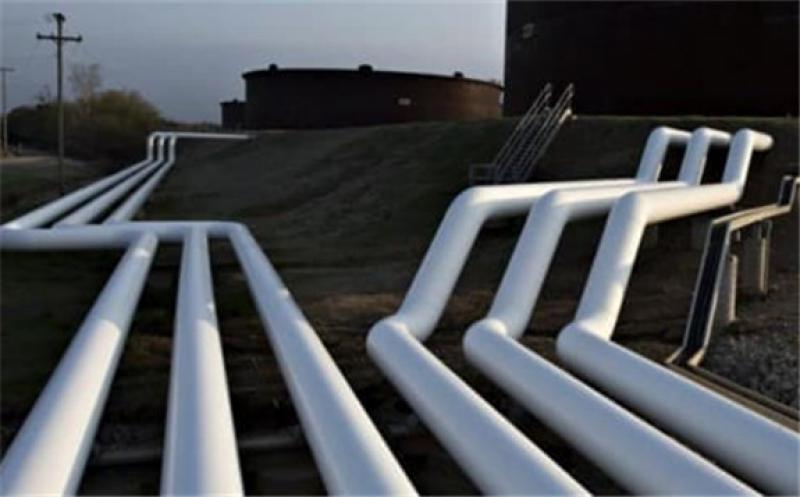China’s crude oil imports averaged 10.25 million bpd daily last month, more than 5 percent higher than in July, energy analytics provider OilX has reported.

Customs data released a day later showed an 8-percent increase in oil imports, with Reuters calculating the average at 10.49 million bpd. Still, the number was lower than the average import rate for August 2020.
On an annual basis, however, the August average was lower than a year ago, OilX also said. This was due to lower buying from independent refiners, which Beijing is currently targeting with environmental law violation probes and an import quota squeeze amid a fuel glut particularly marked in diesel fuel.
The authorities even took control of one of the biggest independent refiners—Liaoning Bora Enterprise Group—amid a tax probe that Bloomberg reported last month could plunge the company into insolvency.
As a result of the crackdown, OilX said independent Chinese refiners had reduced their run rates to 4.3 million bpd in August, which was the lowest in more than a year. The company added the latest weekly data, however, which suggested that September will see higher run rates at independent Chinese refineries.
The report also noted a recent increase in the amount of oil in floating storage off the coast of China as well as Singapore and Malaysia. The authors suggested it could be attributed to the authorities’ crackdown on independent refiners.
The August increase, according to Reuters, was the result of the distribution of a new batch of import quotas. Stronger buying could continue this month as well, as Saudi Arabia—China’s top supplier—cut oil prices for Asian buyers.
Analysts said earlier this month that Chinese refiners were already ramping up buying as the latest round of Covid-19-related movement restrictions ended and were willing to pay higher prices to secure supply for the end of the year.